10 Best Herbal Tinctures For Cramps
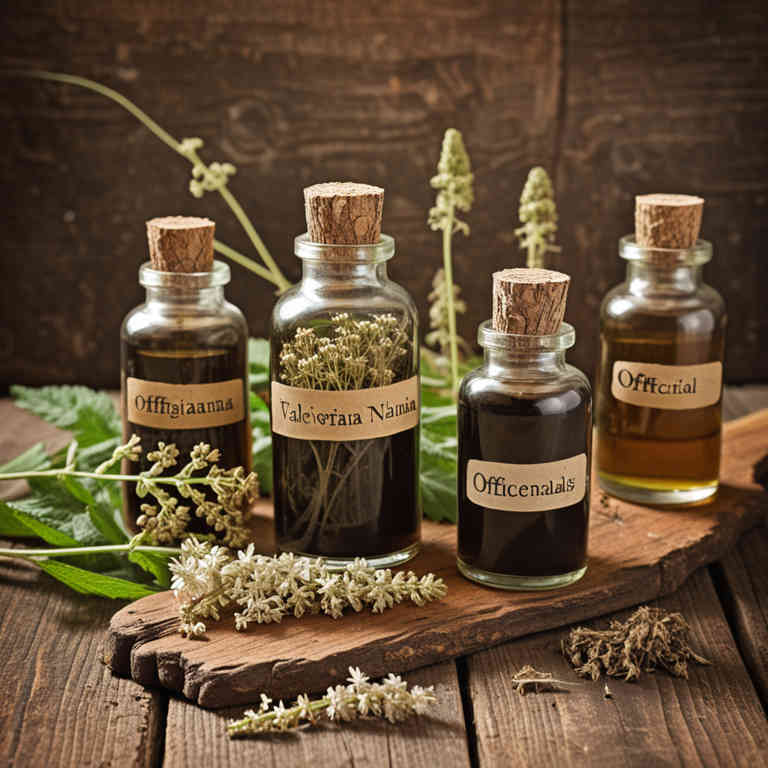
Herbal tinctures for cramps are concentrated liquid extracts made by soaking plant materials in alcohol or glycerin, which allows for the extraction of active compounds.
These tinctures are commonly used to alleviate menstrual cramps, digestive spasms, and muscle pain due to their anti-inflammatory and antispasmodic properties. Popular herbs in such tinctures include cramp bark, chamomile, ginger, and valerian root, each offering unique therapeutic benefits. When used properly, these tinctures can provide natural relief without the side effects often associated with pharmaceuticals.
It is important to consult a healthcare professional before use, especially for pregnant individuals or those with existing health conditions.
FREE COURSE
How to make medicinal herbal tinctures for common ailments at home and in a weekend (using the Healing Drops System).

Table of Contents
1. Vitex agnus-castus
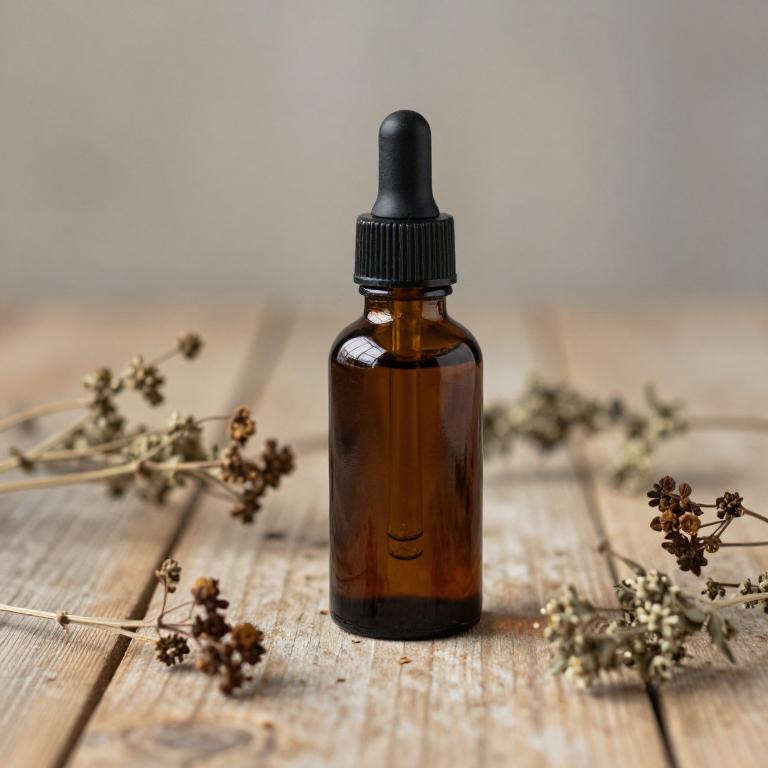
Vitex agnus-castus, commonly known as chasteberry, is a popular herbal remedy used in tincture form to help alleviate menstrual cramps and related symptoms.
The tincture is believed to support hormonal balance by influencing the pituitary gland, which can reduce the severity of cramps and mood swings associated with menstruation. It is often recommended for women experiencing premenstrual syndrome (PMS) or irregular cycles due to its potential to regulate ovulation and menstrual flow. While generally considered safe, it is important to consult a healthcare provider before use, especially if pregnant or taking other medications.
Regular use of vitex tinctures may provide long-term relief for women seeking natural alternatives to manage menstrual discomfort.
2. Zingiber officinale
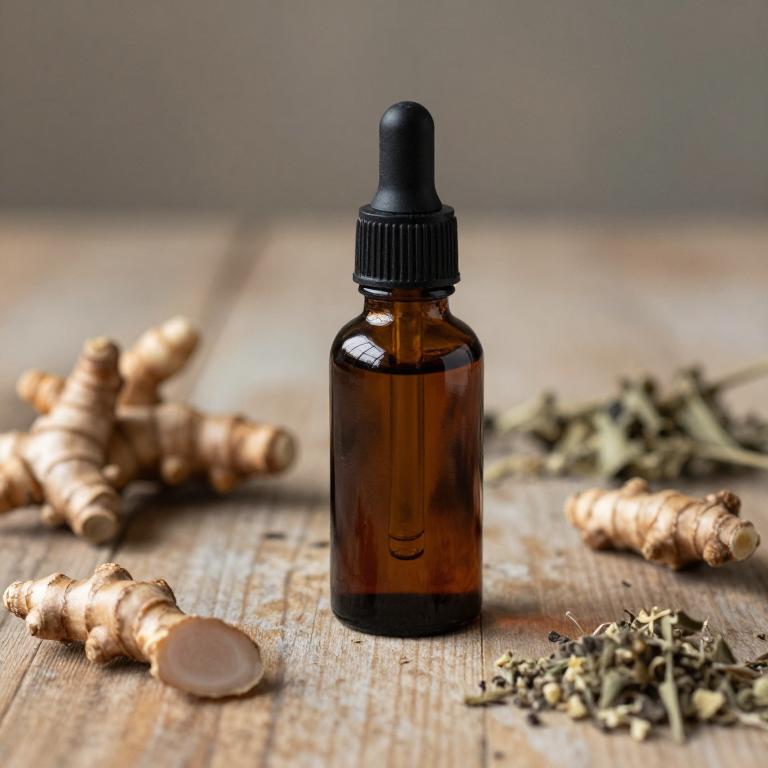
Zingiber officinale, commonly known as ginger, has been traditionally used for its ability to alleviate cramps due to its anti-inflammatory and antispasmodic properties.
When formulated into herbal tinctures, ginger provides a concentrated and easily absorbable form of its active compounds, such as gingerols and shogaols. These tinctures can be taken orally or applied topically, offering a versatile option for managing menstrual cramps, digestive discomfort, and muscle spasms. The warming effect of ginger tinctures helps to improve circulation and reduce tension in the body.
As a natural remedy, ginger tinctures are often preferred for their minimal side effects and long history of safe use in herbal medicine.
3. Cimicifuga racemosa
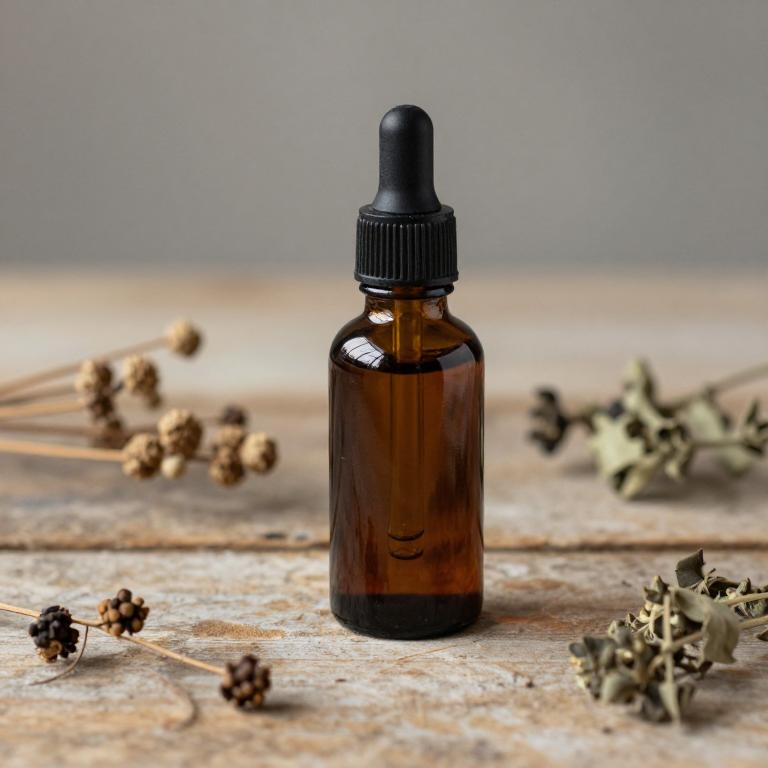
Cimicifuga racemosa, commonly known as black cohosh, is a widely used herbal remedy for alleviating menstrual cramps and other symptoms associated with premenstrual syndrome.
Its tincture form is popular due to its concentrated active compounds, which may help reduce uterine spasms and inflammation. Studies suggest that black cohosh may work by modulating hormonal activity and influencing the nervous system, thereby easing pain and discomfort. However, it is important to consult a healthcare provider before use, especially for pregnant or nursing women, as safety profiles can vary.
When taken as directed, Cimicifuga racemosa tinctures may offer a natural alternative for managing cramps without the side effects of conventional pharmaceuticals.
4. Rosa canina
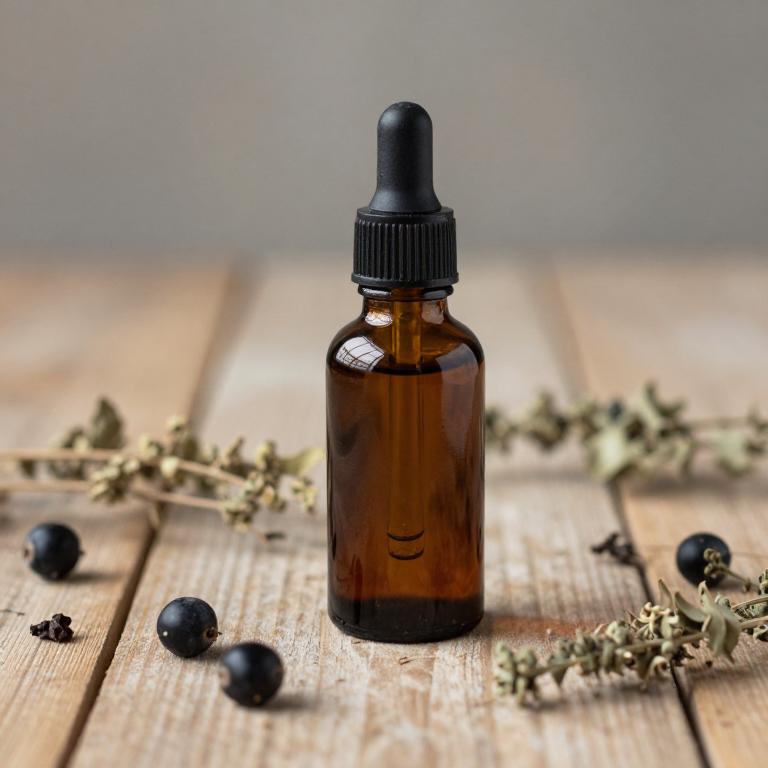
Rosa canina, commonly known as dog rose, has been traditionally used in herbal medicine for its soothing properties, particularly for alleviating cramps.
Rosa canina herbal tinctures are prepared by extracting the flowers, leaves, and fruits of the plant using alcohol, preserving its active compounds. These tinctures are often used to relieve menstrual cramps, digestive discomfort, and muscle spasms due to their anti-inflammatory and antispasmodic effects. The tincture's calming influence on the body helps reduce pain and tension, making it a popular natural remedy.
When taken as directed, Rosa canina tinctures offer a gentle and effective alternative for managing cramps without the side effects of pharmaceuticals.
5. Matricaria chamomilla
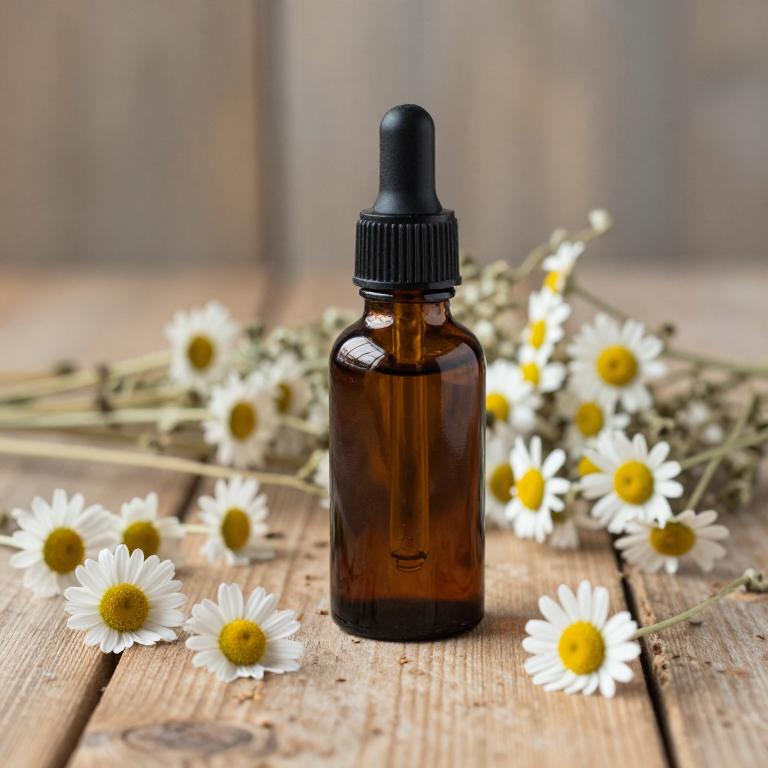
Matricaria chamomilla, commonly known as chamomile, is a popular herbal remedy used in tincture form to alleviate cramps, particularly those associated with menstrual pain, digestive issues, or muscle spasms.
The tincture is made by soaking dried chamomile flowers in alcohol, allowing the active compounds, such as apigenin and essential oils, to be extracted for enhanced potency. Chamomile tinctures are valued for their calming and anti-inflammatory properties, which can help reduce the intensity and duration of cramps. When taken orally, the tincture can provide quick relief by soothing the muscles and reducing spasms.
It is often recommended as a natural alternative to over-the-counter pain relievers, though it is important to consult with a healthcare professional before use, especially for those with allergies or existing medical conditions.
6. Curcuma longa
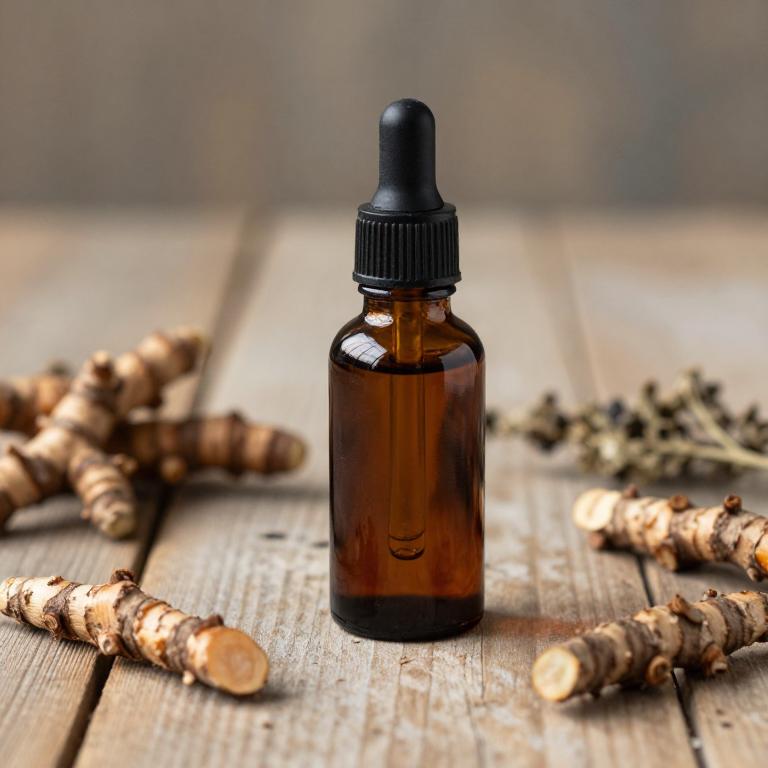
Curcuma longa, commonly known as turmeric, has been widely used in traditional medicine for its anti-inflammatory and analgesic properties.
Curcuma longa herbal tinctures are concentrated extracts of the plant's rhizome, often combined with alcohol to enhance absorption and bioavailability. These tinctures are particularly valued for their potential to alleviate menstrual cramps by reducing uterine inflammation and spasms. The active compound, curcumin, is believed to modulate pain pathways and improve blood flow, offering natural relief for cramp-related discomfort.
As a complementary therapy, curcuma longa tinctures may support women's health when used alongside conventional treatments under professional guidance.
7. Urtica dioica
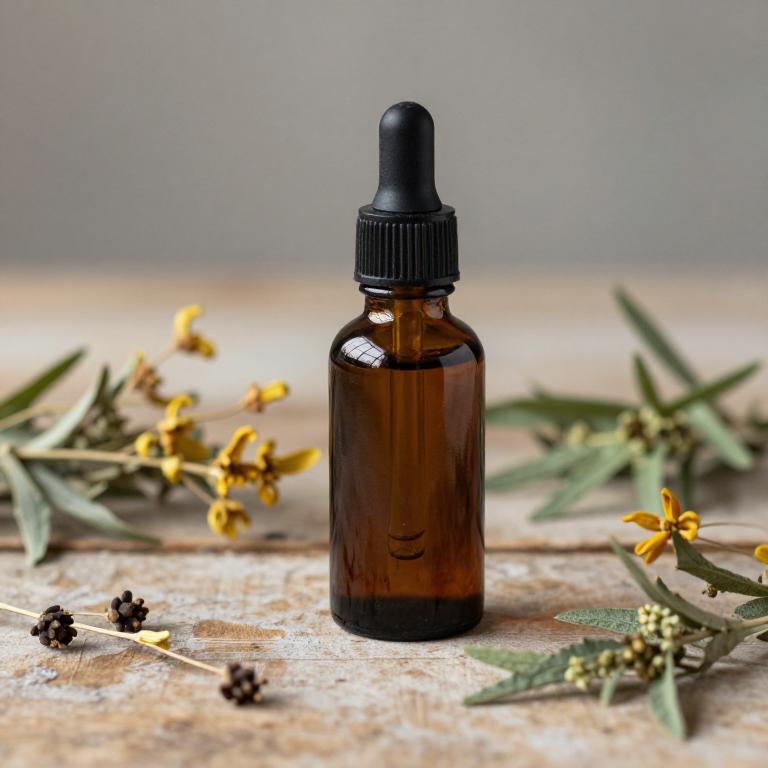
Urtica dioica, commonly known as stinging nettle, is a potent herb that has been traditionally used to alleviate menstrual cramps and other types of muscle spasms.
When prepared as a tincture, it retains the plant's active compounds, such as flavonoids and minerals, which may help reduce inflammation and ease pain. The tincture is typically made by soaking fresh or dried nettle in alcohol, allowing the extraction of its medicinal properties. It is often recommended for women experiencing dysmenorrhea due to its mild diuretic and antispasmodic effects.
However, it is important to consult a healthcare provider before use, especially for those with allergies or existing medical conditions.
8. Nymphaea alba
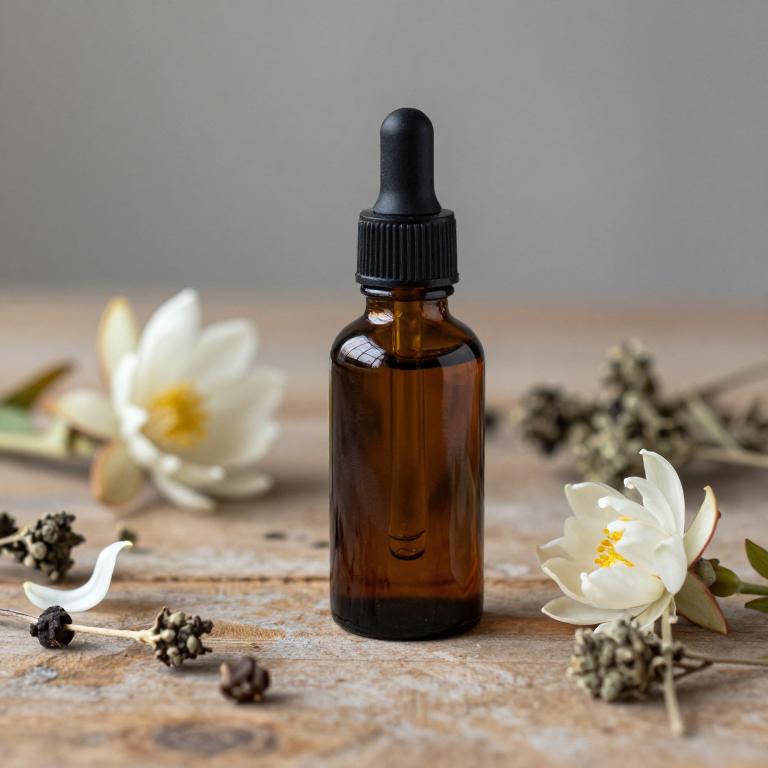
Nymphaea alba, commonly known as the white water lily, has been traditionally used in herbal medicine for its soothing properties, particularly for alleviating menstrual cramps.
The plant's rhizomes are often harvested and prepared into tinctures, which are concentrated herbal extracts that can be easily absorbed by the body. These tinctures are believed to help reduce inflammation and ease the discomfort associated with menstrual pain due to their anti-spasmodic and analgesic effects. When used as part of a holistic approach, Nymphaea alba tinctures may support women's health by promoting relaxation of the uterine muscles.
However, it is important to consult with a healthcare professional before using any herbal remedy to ensure safety and appropriateness for individual health conditions.
9. Equisetum arvense
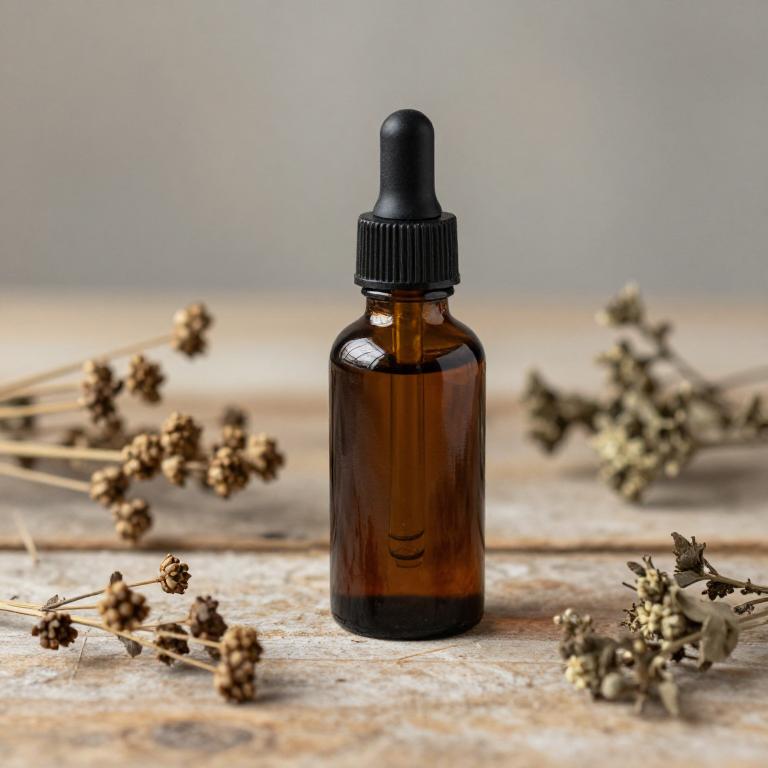
Equisetum arvense, commonly known as horsetail, is a herb traditionally used in herbal medicine for its potential to alleviate cramps and spasms.
Its tinctures are prepared by soaking the dried plant material in alcohol, allowing the active compounds to be extracted for use. Horsetail contains high levels of silica and other minerals that may support muscle function and reduce inflammation, making it beneficial for menstrual cramps and muscle spasms. Herbal tinctures of Equisetum arvense are often taken internally in small doses, typically diluted in water or another carrier liquid.
While generally considered safe when used appropriately, it is important to consult with a healthcare provider before using this tincture, especially for those with pre-existing health conditions or who are pregnant.
10. Arnica montana
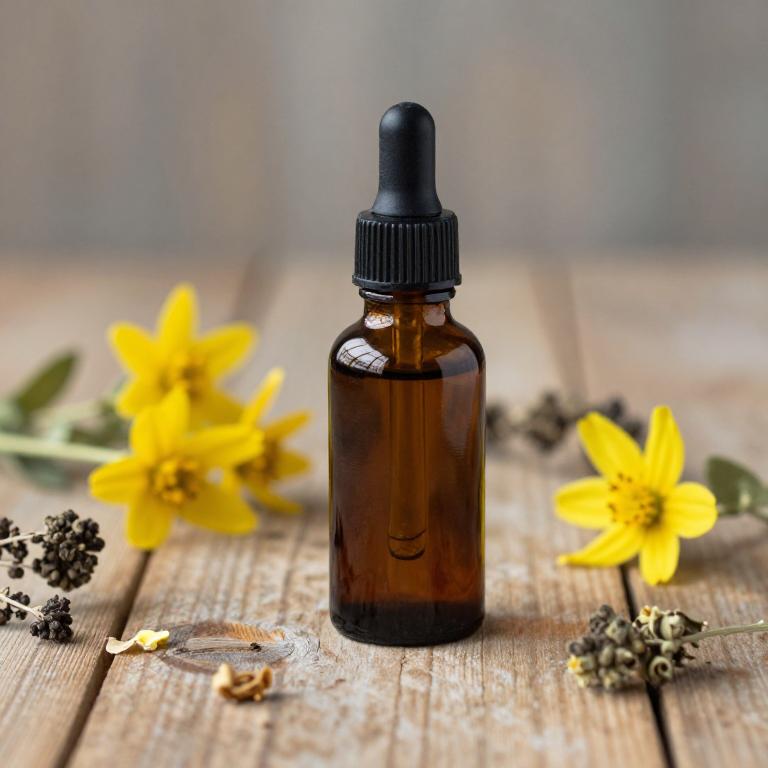
Arnica montana herbal tinctures are traditionally used to alleviate muscle pain, inflammation, and cramps due to their anti-inflammatory and analgesic properties.
These tinctures are often applied topically to the skin, either by rubbing or using a compress, to target specific areas of discomfort. While arnica is effective for external use, it should never be ingested as it can be toxic when taken internally. The active compounds in arnica, such as helenalin and other sesquiterpene lactones, contribute to its ability to reduce swelling and ease muscle tension.
However, individuals with sensitive skin or allergies should perform a patch test before using arnica tinctures to avoid adverse reactions.